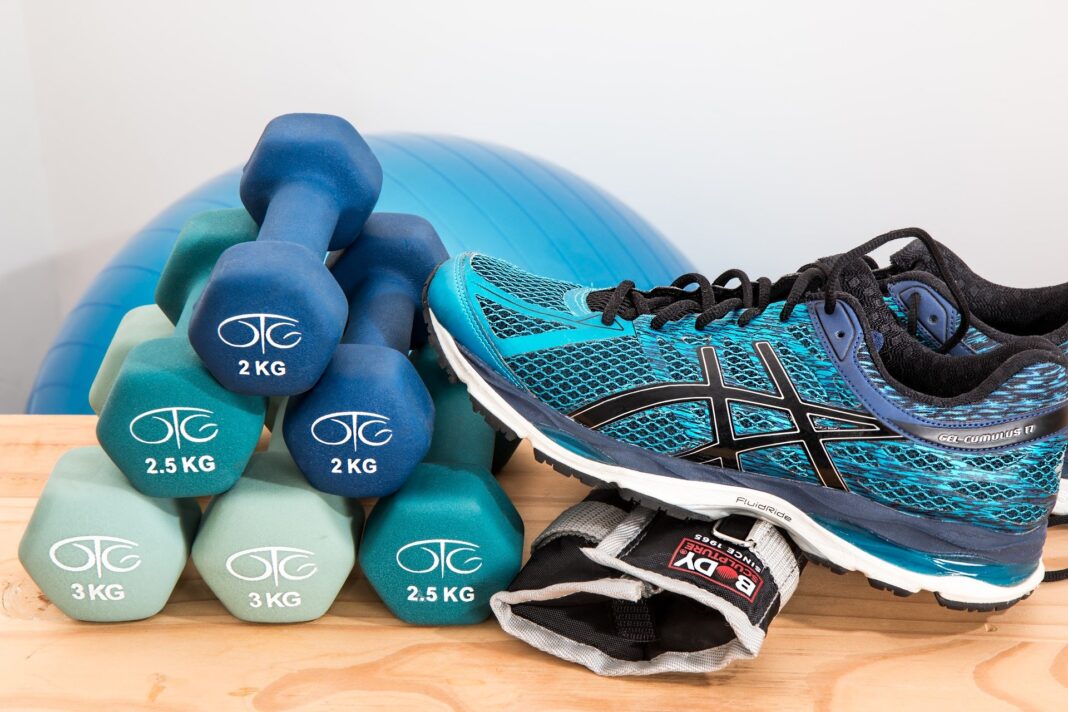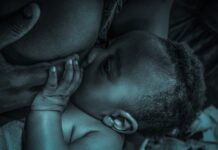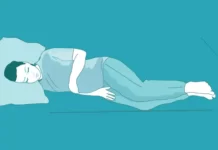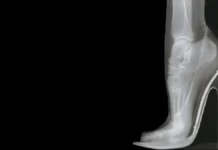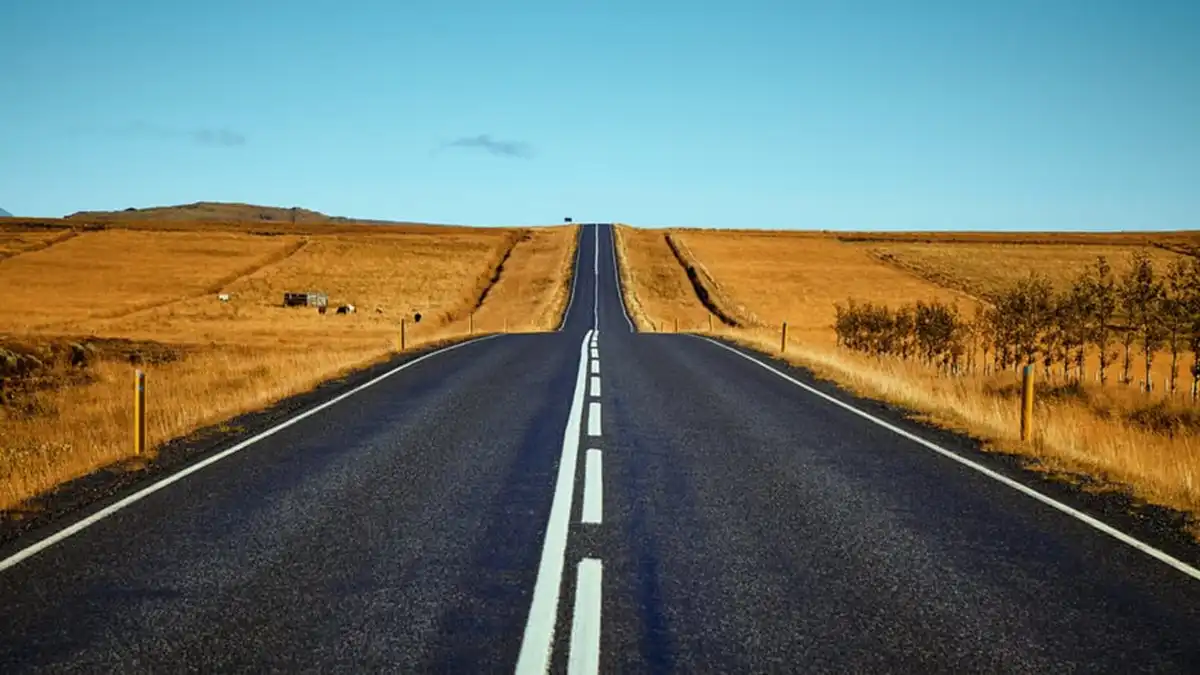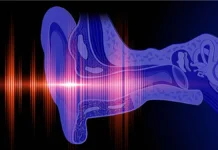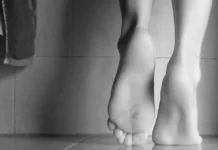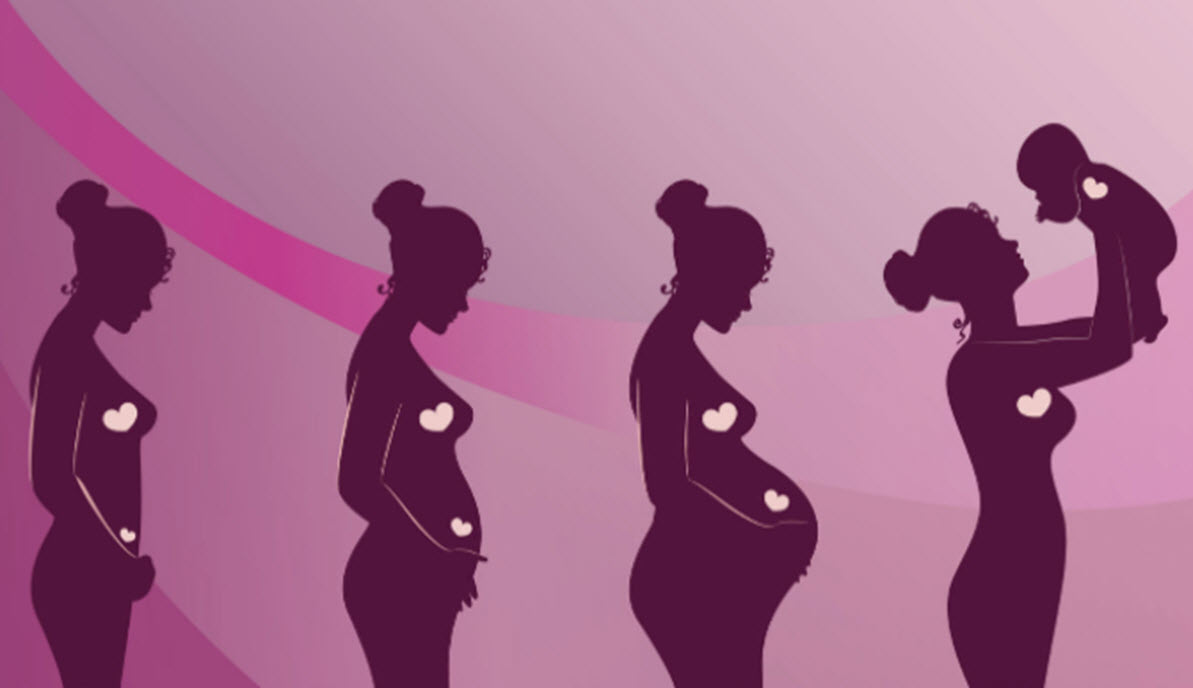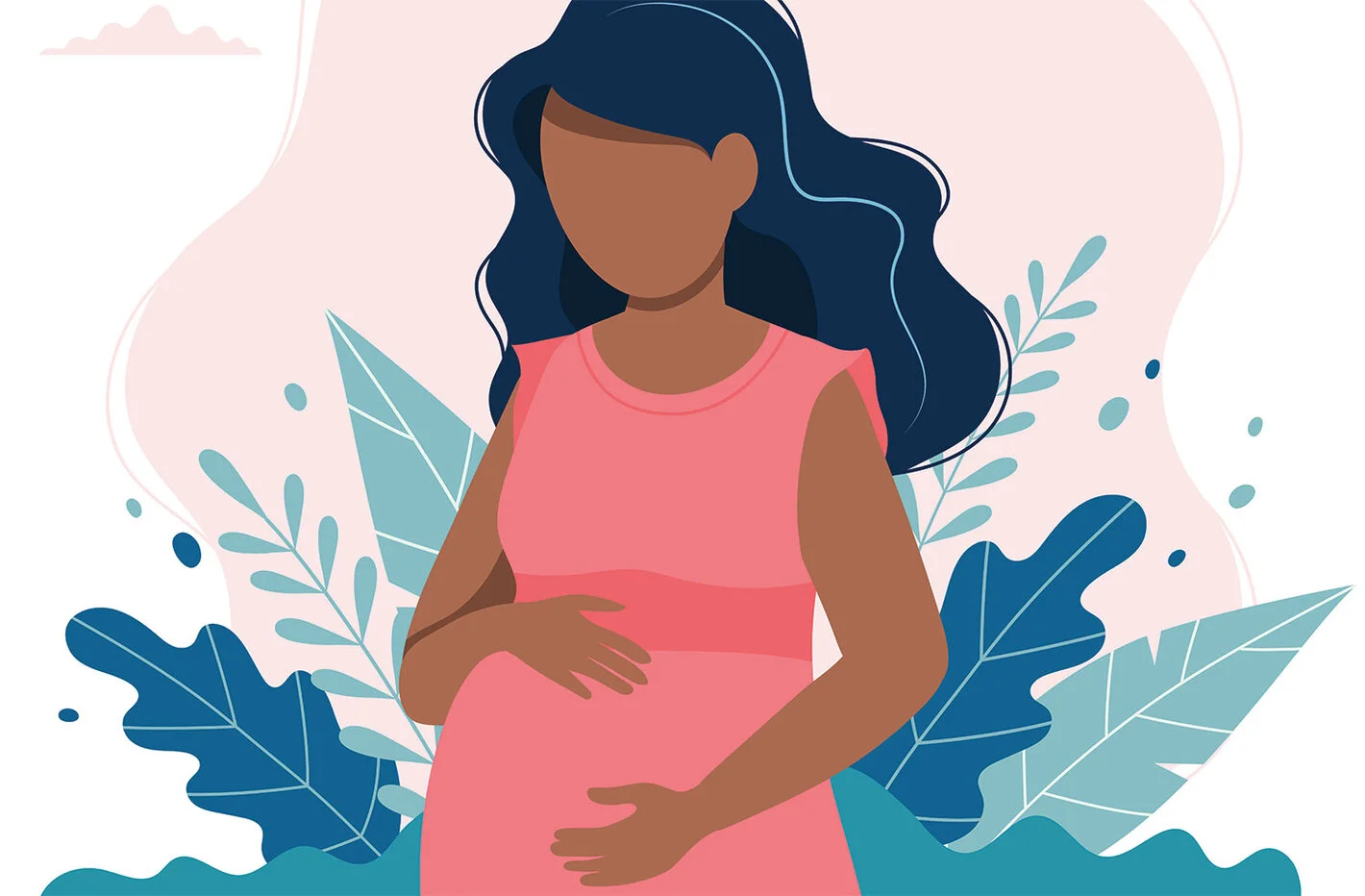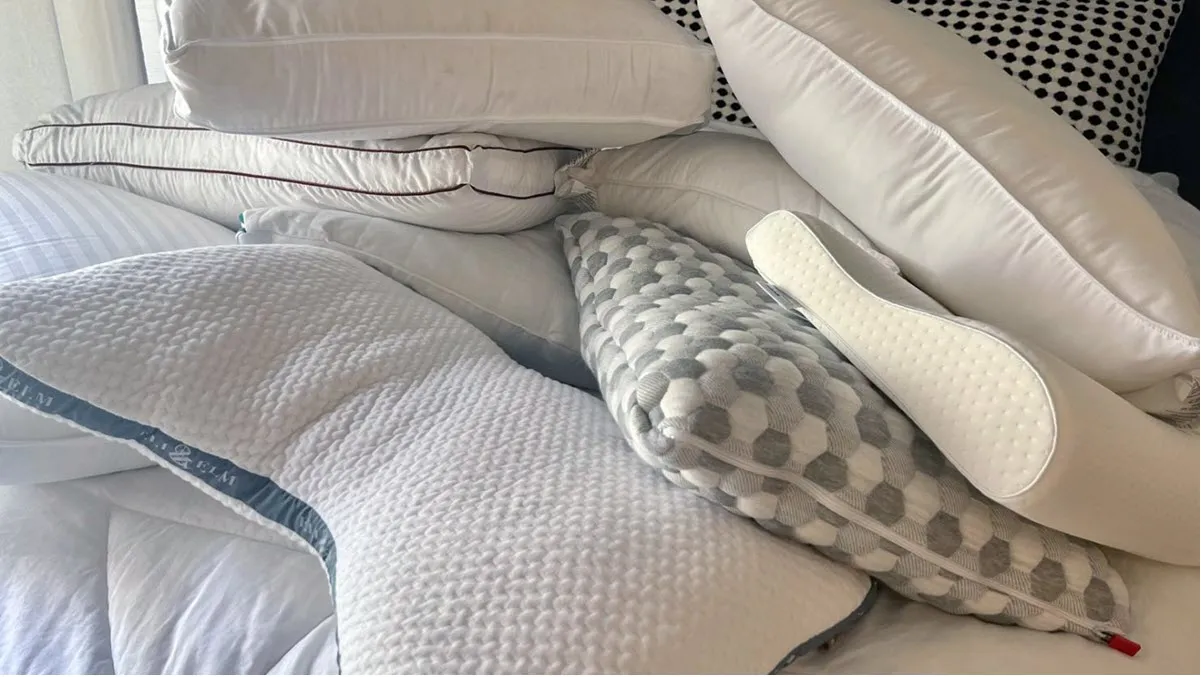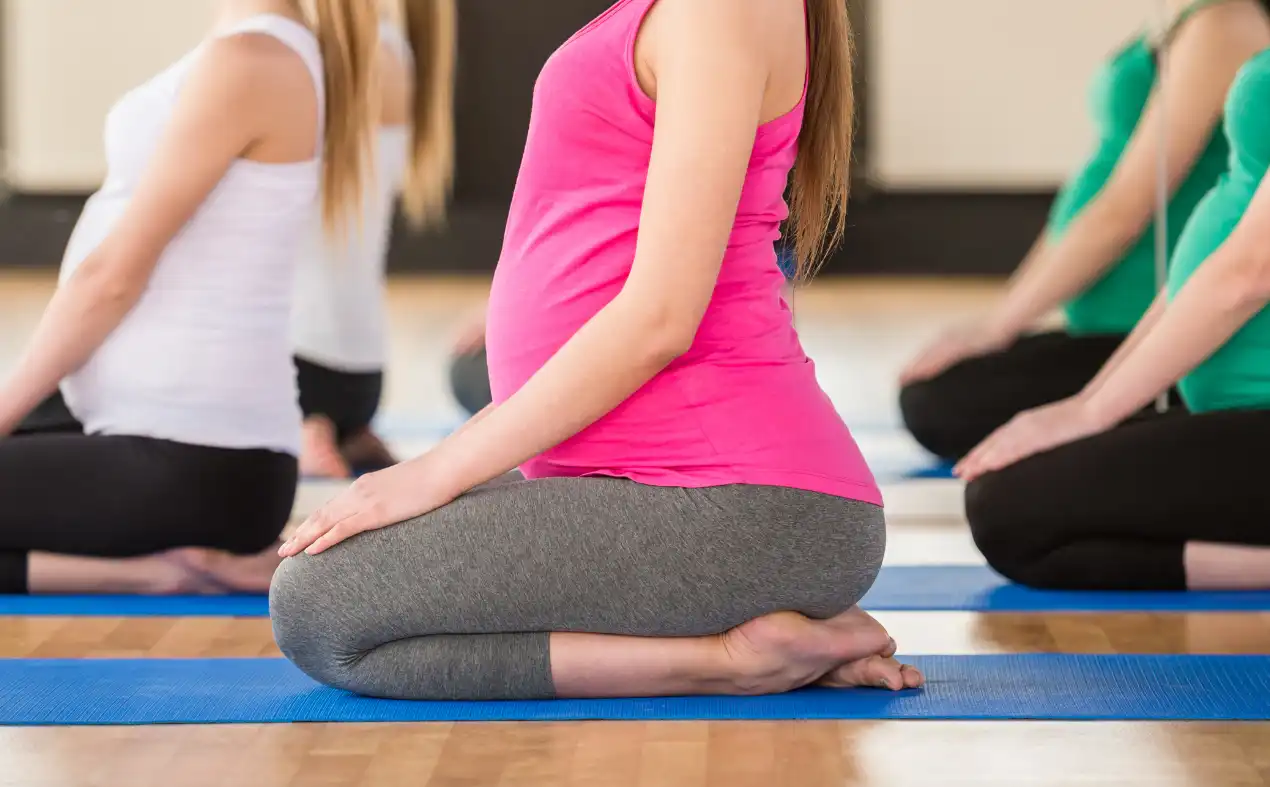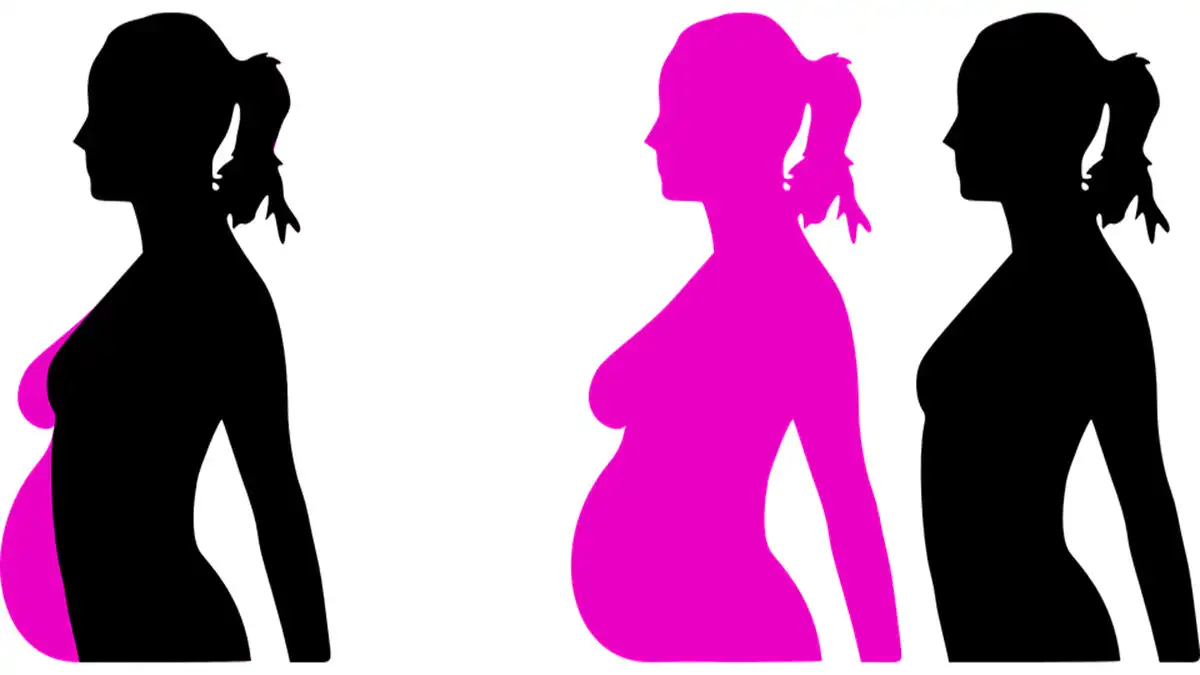Do you exercise too much? Eat little? Have your periods stopped or become irregular? If so, you put yourself at high risk for several serious problems that could affect your health, your ability to stay active and your risk of injury. You may also be putting yourself at risk for developing osteoporosis, a disease in which bone density is decreased, leaving your bones vulnerable to fracture.
1. Why bother if my periods have stopped?
- Some athletes see amenorrhea (the absence of menstruation) as a sign of successful training.
- Others see it as a great answer to a monthly inconvenience.
- And some young women accept it blindly, not stopping to think about the consequences.
- But missing your period is often a sign of lower estrogen levels.
- And lower estrogen levels can lead to osteoporosis, a disease in which your bones become brittle and more likely to break.
- Usually, bones don’t become brittle and break until women are much older.
- But some young women, especially those who exercise so much that their periods stop, develop brittle bones and can start breaking very early.
- Some 20-year-old female athletes would have the bones of an 80-year-old woman.
Even if bones don’t break when you’re young, low estrogen levels during the important bone-building years, such as the pre-teen and teen years, can affect bone density for the rest of your life.
2. Studies show that the bone growth lost during these years may never be regained.
- Broken bones don’t just hurt – they can cause lasting physical deformities.
- Have you noticed that some older men and women have stooped postures?
- This is not a normal sign of aging. Fractures in the spine due to osteoporosis will permanently alter its biomechanics.
Overtraining can cause other problems in addition to missed periods. If you don’t get enough calcium and vitamin D (among other nutrients), bone loss can result. This can lead to decreased athletic performance, decreased ability to exercise or train at desired levels of intensity or duration, and increased risk of injury.
3. Who is at risk?
Girls and women who are involved in rigorous exercise programs or trying to lose weight by restricting their diet are at risk for these health problems. They may include serious athletes, “gym rats” (who spend a lot of time and energy working out) and girls and women who believe that “you can never be too skinny”.
4. How do I know if someone I know, workout with or coach may be at risk for bone loss, fractures and other health problems?
- Here are some signs to look for:
- Missed or irregular menstrual periods.
- Extreme or “unhealthy” thinness.
- Extreme or rapid weight loss.
- Behaviors that reflect frequent dieting, such as eating very little, not eating in front of others, going to the bathroom after meals, worrying about thinness or weight, focusing on low-calorie and diet foods, possible increased consumption of water and other no-calorie and low-calorie foods and beverages, possible increased gum chewing, limiting diet to one food group or eliminating one food group.
- Frequent periods of intense exercise (e.g., Taking an aerobics class, then running 5 miles, then swimming for an hour, then weight lifting).
- An “I can’t miss a day of exercise/practice” attitude.
- An overly anxious concern about injury.
- Working out despite illness, weather, injury, and other conditions that might cause someone else to take a day off.
- An unusual amount of self-criticism or self-satisfaction.
- Indications of significant psychological or physical stress, including: depression, anxiety or nervousness, inability to concentrate, low self-esteem, feeling cold all the time, sleep problems, fatigue, injuries and constantly talking about weight.
5. I’m still not convinced. If my bones become brittle, then what? What is the worst thing that can happen to me?
- Brittle bones may not seem as scary as a deadly or rare disease. The fact is that osteoporosis can lead to fractures. It can lead to disability.
- Imagine having so many spinal fractures that you have lost several inches of your body.
- Imagine looking at the floor everywhere you go because you can’t straighten your back.
- Imagine not being able to find clothes that fit you.
- Imagine having difficulty breathing and eating because your lungs and stomach are compressed into a smaller space.
- Imagine having difficulty walking, let alone exercising, because of pain and deformed bones.
- Imagine constantly having to be aware of what you are doing and having to do things so slowly and carefully because of a very real fear and dread of a fracture – a fracture that could cause a dramatic change in your life, including pain, loss of independence, loss of mobility, loss of freedom, etc.
- Osteoporosis is not just an “old person’s” disease.
- Young women also experience fractures. Imagine being sidelined because of a bone fracture and not being able to experience the good feelings that regular activity brings.
6. Eating well for healthy bones
- How much calcium do I need?
- It is very important for your bone health that you get adequate amounts of calcium, vitamin D, phosphorus and magnesium daily.
- These vitamins and minerals are the most important in building bones and teeth.
- This chart will help you decide how much calcium you need.
| Age | Amount (mg / day) |
| 9 to 13 | 1300 |
| 14 to 18 | 1300 |
| 19 to 30 | 1000 |
7. Where can I get calcium and vitamin D?
- Dairy products are the main food sources of calcium.
- Choose low-fat milk, yogurt, cheeses, ice cream or products prepared or served with these choices to meet your daily needs.
- Three servings of dairy products
Source: Food and Nutrition Board, Institute of Medicine, National Academy of Sciences, 2010.

